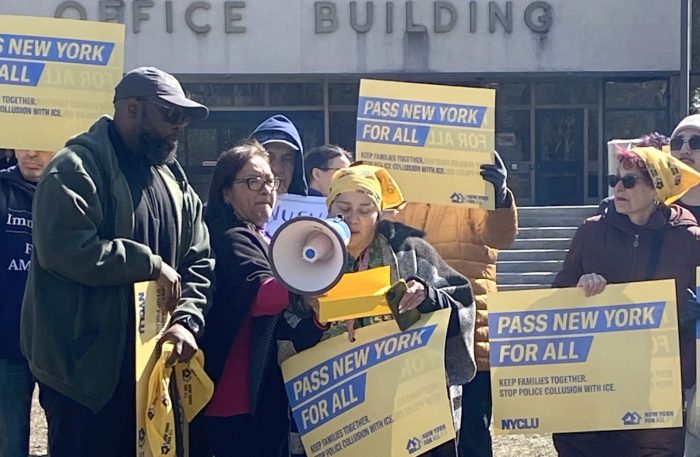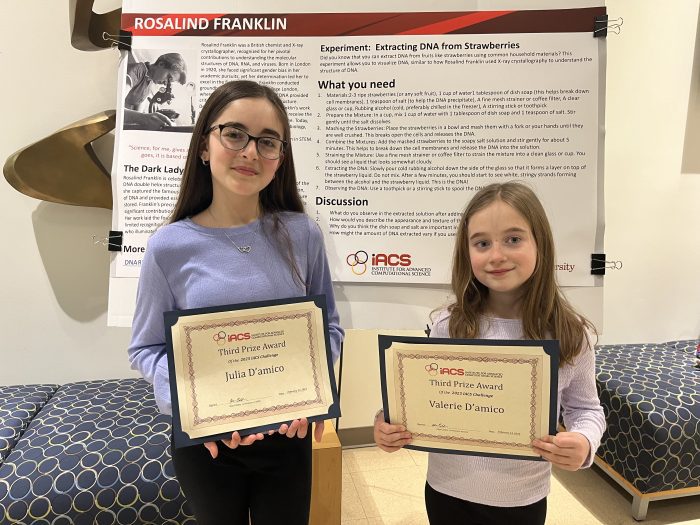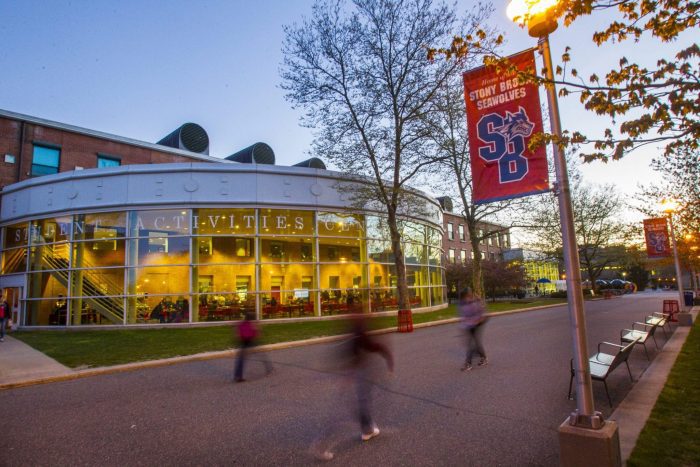In last week’s issue, two local hikers walked from Robert Moses to Montauk. Garbage littered their path throughout the journey: a jarring contradiction to the beautiful coastal landscape. In another article, our Long Island Congress members conferred about offshore drilling and wind power. In public hearings over land use, constituents and town officials negotiate green space and vegetative buffers. Environmental issues are interwoven into the fabric of our community, embedded in almost every field or industry.
The younger generation, as the inheritors of our community, are faced with mounting environmental concerns with energy storage, renewable energy and climate change. While previous generations had leeway to push environmentalism to the side, the younger generations can not afford to ignore the diminishing health of the environment. Programs such as the one offered at Stony Brook University, are paramount in ensuring that these students have the tools to do so.
At Stony Brook University’s second annual Long Island Youth Climate Summit, teenagers learned how to get involved with environmental movements. We wholeheartedly agree with local officials who recognize the importance of a university program that provides an important and necessary opportunity for students to learn about these issues.
Further,several political leaders such as Suffolk County legislators and Suffolk County Executive Ed Romaine attended the conference; however, while democratic officials were well-represented, republicans were in shorter supply. While we don’t know what kept other officials from attending, or if they were aware of the event at all, the disparity suggests a potentially problematic political divide in how we approach environmental topics that can impede progress.
This was only the second time the Climate Summit occurred, but it is a huge step in closing the gap between environmental misinformation and increasing awareness of growing environmental concerns such as the warming climate and weather-related natural disasters. Long Island has its fair share of environmental problems and we have to make sure the next generation is aware and ready, not only out of necessity but out of appreciation for the gift of our world.














